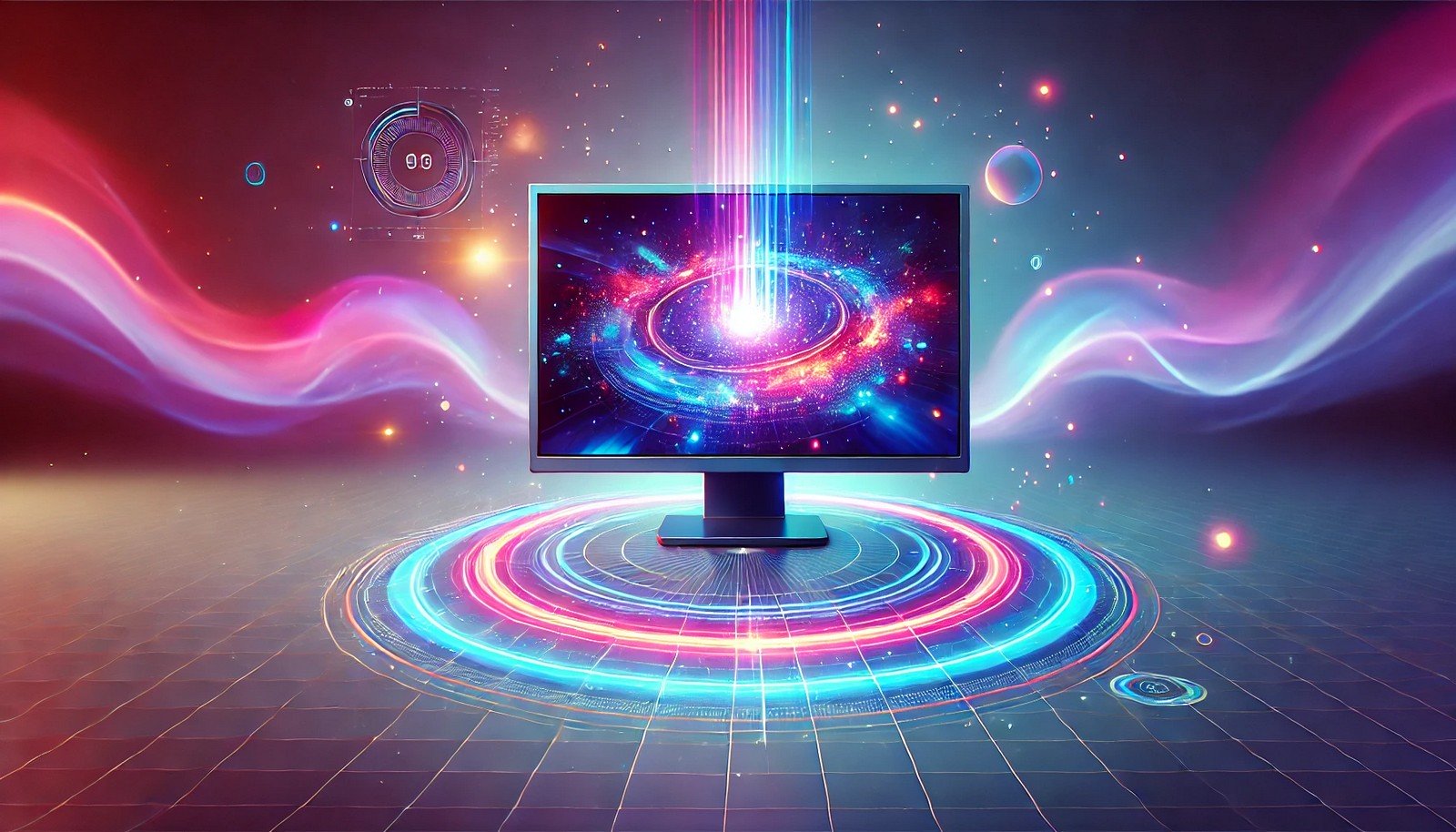3D Monitor

Quick Navigation:
- 3D Monitor Definition
- 3D Monitor Explained Easy
- 3D Monitor Origin
- 3D Monitor Etymology
- 3D Monitor Usage Trends
- 3D Monitor Usage
- 3D Monitor Examples in Context
- 3D Monitor FAQ
- 3D Monitor Related Words
3D Monitor Definition
A 3D monitor is a display device that can project images with depth perception, giving viewers the impression of three-dimensional visuals. These monitors use advanced technologies like polarized glasses, active shutter systems, or autostereoscopic displays to deliver immersive 3D content. They are widely used in gaming, entertainment, medical imaging, and design industries. With precise calibration, 3D monitors can provide realistic visual experiences that enhance both productivity and entertainment.
3D Monitor Explained Easy
Think of a regular TV screen, but instead of flat pictures, you can almost reach out and touch the objects on it. A 3D monitor makes things on the screen look like they are coming out towards you, just like in a 3D movie. It uses special tricks to show one image to each of your eyes, making everything look real and full of depth.
3D Monitor Origin
3D monitors originated from advancements in stereoscopic technologies, with roots tracing back to 19th-century stereographs. The first consumer-grade 3D monitors appeared in the early 2000s, driven by demand in gaming and movie industries. Innovations in resolution and refresh rates have steadily enhanced their performance.
3D Monitor Etymology
The term “3D monitor” derives from “3D,” short for three-dimensional, and “monitor,” indicating a device for displaying visual information.
3D Monitor Usage Trends
The use of 3D monitors has surged in fields like gaming, medical imaging, and virtual reality. Professionals in design and architecture employ them to visualize complex models. Though consumer adoption slowed due to glasses-based technologies, newer autostereoscopic solutions are reigniting interest.
3D Monitor Usage
- Formal/Technical Tagging:
- Display Technology
- Stereoscopic Imaging
- 3D Visualization - Typical Collocations:
- "3D monitor calibration"
- "stereoscopic 3D displays"
- "autostereoscopic monitor"
- "3D gaming monitor"
3D Monitor Examples in Context
- Designers use 3D monitors to create lifelike prototypes for product development.
- In healthcare, surgeons rely on 3D monitors for intricate procedures requiring depth perception.
- Gamers enjoy immersive gameplay with 3D monitors, enhancing realism in virtual worlds.
3D Monitor FAQ
- What is a 3D monitor?
A 3D monitor is a screen that displays visuals with depth, creating a three-dimensional effect. - How does a 3D monitor work?
It uses technologies like polarized light or parallax barriers to show slightly different images to each eye. - Do you need special glasses for 3D monitors?
Some require glasses, while others use autostereoscopic technology, eliminating the need for them. - What industries use 3D monitors?
Industries like gaming, healthcare, architecture, and entertainment frequently use 3D monitors. - Are 3D monitors compatible with all devices?
Compatibility depends on the 3D technology and software support of the device. - Can 3D monitors cause eye strain?
Prolonged use or incorrect settings may cause discomfort, but proper usage minimizes such risks. - What is the difference between a 3D monitor and VR?
A 3D monitor displays depth on a flat screen, while VR immerses users in a 3D environment. - Can a regular monitor display 3D content?
No, special hardware or software is required for a 3D effect. - Are 3D monitors expensive?
Prices vary based on technology and features, with some high-end models costing significantly more. - What is autostereoscopic 3D?
It’s a glasses-free 3D technology that uses lenticular lenses or parallax barriers to create depth.
3D Monitor Related Words
- Categories/Topics:
- Display Technology
- Virtual Reality
- Stereoscopic Imaging
Did you know?
The first 3D monitor prototypes used anaglyph techniques, requiring red and blue glasses. Modern 3D monitors, however, deliver full-color visuals and advanced depth perception, making them indispensable for professionals and gamers alike.
PicDictionary.com is an online dictionary in pictures. If you have questions or suggestions, please reach out to us on WhatsApp or Twitter.Authors | Arjun Vishnu | @ArjunAndVishnu

I am Vishnu. I like AI, Linux, Single Board Computers, and Cloud Computing. I create the web & video content, and I also write for popular websites.
My younger brother, Arjun handles image & video editing. Together, we run a YouTube Channel that's focused on reviewing gadgets and explaining technology.



Comments powered by CComment